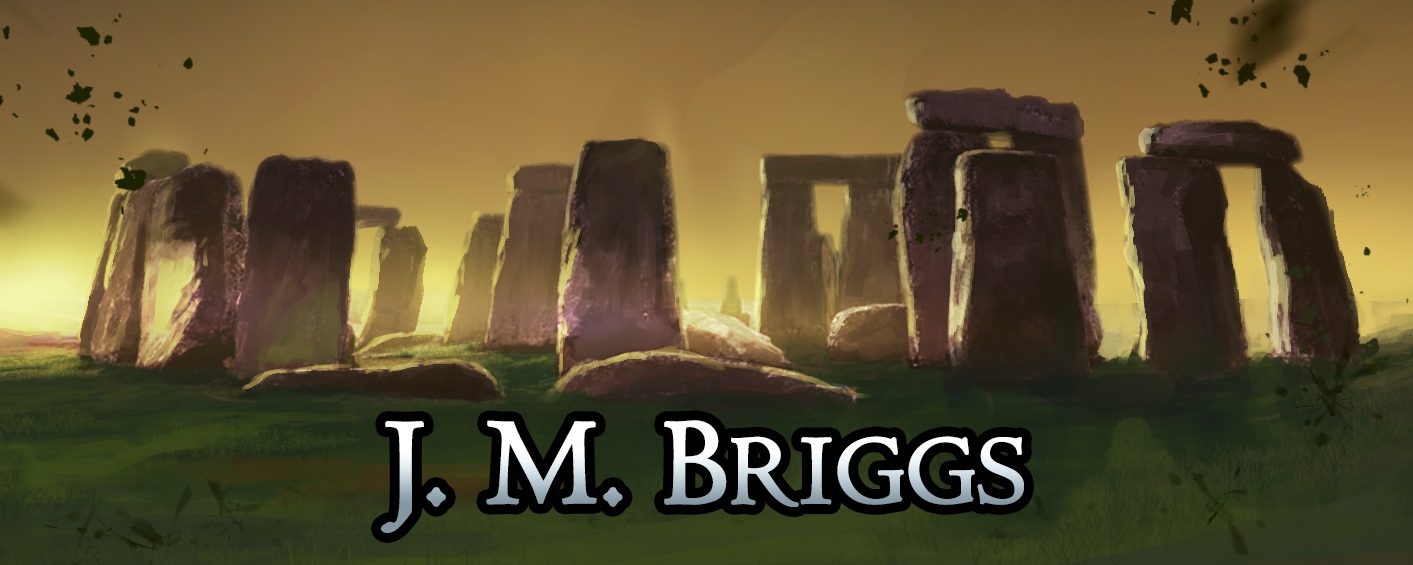Happy May Day to you! Or perhaps you favor Beltane. Or maybe you started celebrating last night with Walpurgis Night. This holiday is traditionally held on May 1 to take place midway between the spring equinox and summer solstice in the northern hemisphere. Traditions around the celebration of this day date back thousands of years and have been adopted and adapted by many cultures.
Beltane may be the oldest of the existing holidays celebrated today. The holiday is one of the four main seasonal festivals within Gaelic tradition and symbolizes the coming of summer. Historically, it was widely observed throughout Gaelic regions, including Ireland, the Isle of Man, and Scotland. The holiday was mentioned in early Irish literature and carries a strong association with events in Irish mythology.
Ritual fires are a large part of the celebration of Beltane and were intended to bestow protection on the community. Special bonfires were kindled for people and cattle to walk around before the cattle were taken to pasture for the summer. Household fires were doused and then re-lit from the Beltane bonfire to take the fresh protection into the home. Offerings were made to the local fae folk to gain peace for another year, while other traditions recorded actions being done to ward off the fae folk.
When the Romans conquered parts of the British Isles, their culture mixed with that of the Gaelic peoples. The Romans already had a five-day festival known as Floralia, which celebrated Flora, the goddess of flowers. This festival overlapped with the celebration of Beltane, and aspects of both were likely shared and swapped. The tradition of putting flowers or flowery bushes at doorways or windows around May 1 could relate to the festivals celebrating flowers.
As Christianity took hold in northern Europe, many traditional festivals were adjusted to make them more Christian in nature as a way of appeasing the locals. Old Beltane celebrations could be the origin of the medieval May Day feasts that were held across Europe. However, Beltane never fully died out in Ireland and continues to this day.
May Day is also celebrated to this day with various well-known traditions. An iconic tradition is the maypole. A tall tree would be cleared of branches and placed in an open area so that people could dance around the pole. Communities developed their own games and distinct traditions surrounding the maypole, and it remains a part of many festivities. In Wales, the holiday Calan Mai combines the fires of Beltane, the maypole of Europe, and carol singing as a testament to the adaption of holidays.
Walpurgis Night, or Saint Walpurgis Night, celebrates the eve of the Christian feast day of Saint Walpurga. She was an 8th-century abbess in Francia. Festivities begin on the night of April 30 and continue through May 1. Bonfires are a traditional part of the celebration, with the fires being set to ward off witches and evil spirits. The overlap of using bonfires to ward off danger and celebrate the coming summer has led to some historians suggesting a link between Walpurgis Night and Beltane. They both could descend culturally from even earlier celebrations.
Another holiday that takes place on May 1 has nothing to do with the coming summer at all. International Worker’s Day is May 1 and began in the 19th century as workers pushed for better conditions in crowded and dangerous factories. The Federation of Organized Trades and Labor Unions held a convention in 1884 in which they proclaimed that an eight-hour day should constitute a legal day’s labor from and after May 1, 1886.
The following year the Knights of Labor, America’s largest labor union at the time, supported the proclamation and encouraged strikes and demonstrations across the country. One of these, the Haymarket Riot, ended tragically with several workers dying at the hands of the local police. These workers and protestors who were later tried and convicted were held as martyrs internationally. May 1 was eventually embraced by many governments worldwide as a day to celebrate workers. However, the United States of America is the very place where International Worker’s Say does not share the international holiday. President Grover Cleveland established Labor Day in September 1894 out of fear of the international holiday building support for communism. President Dwight D. Eisenhower would do further in 1958 and declare May 1 to be “Law Day.”
Today, May 1 is the day of many celebrations, from very old to very new. Other holidays celebrated on May 1 include Couple Appreciation Day, CSS Reboot Day, Executive Coaching Day, Frequent Flyer Day, Global Love Day, Labour and Agriculture Day, and National Mother Goose Day. So enjoy May 1 regardless of what you celebrate.

